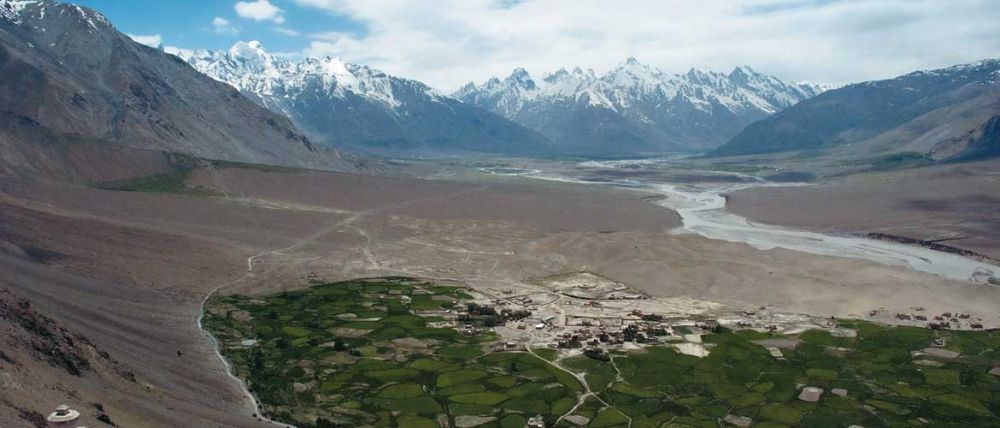

Nestled in the Indian Himalayas lies the remote and stunning region of Zanskar in Ladakh. As a picture of isolation and serenity, it is renowned for its untamed beauty and rich cultural heritage. Historically, Zanskar remained hidden from the rest of the world, with its rugged terrain accessible only through arduous treks.
It wasn't until the latter half of the 20th century that Zanskar began to unravel its secrets to outsiders. Early explorers and mountaineers were among the first to witness the region's dramatic landscapes. Their tales and photographs sparked curiosity among adventure seekers and nature enthusiasts. However, due to its extreme weather conditions and lack of infrastructure, tourism grew at a glacial pace.
In recent decades, adventure tourism received a gradual boost with the romanticism of the 'Chadar Trek,' an icy expedition over the frozen Zanskar River. As more tourists sought unique and challenging experiences, Zanskar's reputation as a trekking destination burgeoned. The area's Buddhist monasteries, particularly Karsha and Phugtal, became points of interest for cultural tourists as well.
In current times, efforts to improve infrastructure combined with a global interest in offbeat destinations have put Zanskar on the map. The construction of roads like the Zanskar Highway has made the region more accessible, encouraging an increase in visitor numbers during the summer months. Tourist amenities have blossomed, ranging from homestays in local villages to specialized tour operators offering guided expeditions.
Nevertheless, Zanskar remains one of the last bastions for those seeking solace in unspoiled nature. Eco-tourism and sustainable travel have become crucial focal points, with an emphasis on preserving Zanskar's delicate ecosystems and supporting indigenous communities.
Looking ahead, Zanskar is poised to strike a balance between harnessing tourism potential and maintaining its pristine environment. The proposed opening of new trekking routes and winter sports activities, along with enhanced connectivity, is anticipated to drive a new era of tourism growth, albeit sustainably.
In conclusion, Zanskar continues to evolve as a tourist destination while striving to hold onto its essence. The increasing awareness and respect for the region's environment and culture among travelers are key to ensuring that the enthralling beauty of Zanskar endures.